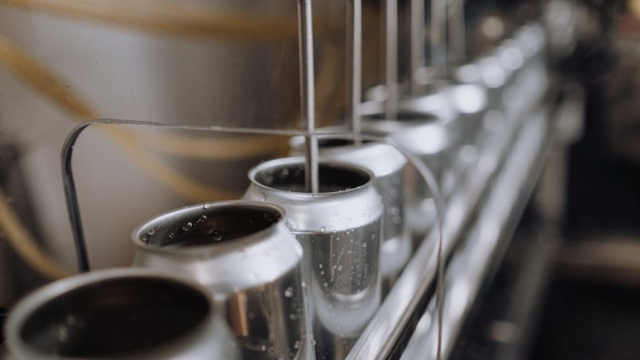
Proper laundry equipment installation is crucial for ensuring efficient operation and longevity of your laundry appliances. Whether you are setting up a commercial laundry facility or outfitting your home with washers and dryers, understanding the nuances of installation can save you time, money, and headaches down the line. In this article, we will explore the different types of laundry equipment, outline the steps for a successful installation, and provide guidance on selecting the right installation service.
Understanding Different Types of Laundry Equipment
When it comes to laundry equipment, there are several types to consider, each serving different needs and purposes. The most common types include:
- Washing Machines: These come in various configurations, including front-load and top-load models. Front-load washers are known for their energy efficiency and gentle washing action, while top-load washers typically offer a more straightforward loading process.
- Dryers: Similar to washing machines, dryers can be vented or ventless. Vented dryers expel hot, moist air outside, while ventless models use condensation to dry clothes, making them suitable for spaces without external venting options.
- Commercial Laundry Equipment: For businesses, commercial washers and dryers are designed to handle larger loads and have faster cycle times. They are built for durability and efficiency, catering to high-demand environments.
- Ironers and Finishing Equipment: In commercial settings, additional equipment like flatwork ironers and finishing machines are essential for preparing linens and garments for presentation.
Understanding the type of laundry equipment that best fits your needs is the first step toward effective laundry equipment installation.
Steps for Proper Laundry Equipment Installation
Once you have selected your laundry equipment, the installation process can begin. Following these steps will help ensure a successful setup:
- Preparation: Before installation, gather all necessary tools and materials. This may include wrenches, screwdrivers, a level, and hoses. Read the manufacturer’s installation manual thoroughly to understand specific requirements.
- Location Assessment: Choose a well-ventilated area with access to water, drainage, and electrical connections. Ensure the floor can support the weight of the equipment and is level to prevent any operational issues.
- Water and Drainage Connections: For washing machines, connect the water supply hoses to the appropriate faucets and ensure that the drainage hose is properly positioned to avoid leaks.
- Electrical Connections: Ensure that the electrical outlet meets the voltage requirements of your equipment. If necessary, consult with an electrician to ensure safe and compliant connections.
- Testing: After installation, run a test cycle to ensure everything operates correctly. Check for leaks, ensure the dryer vents properly, and confirm that all electrical components function as intended.
Common pitfalls to avoid include overlooking local building codes, neglecting to level the machines, and failing to adequately secure hoses and electrical connections, which can lead to future issues.
Choosing the Right Installation Service
If you prefer to leave the installation to professionals, selecting the right installation service is vital. Here are some factors to consider:
- Experience and Expertise: Look for a service provider with experience in laundry equipment installation. They should have a solid understanding of various equipment types and installation techniques.
- Reputation: Research customer reviews and ask for references. A reputable company should have a track record of satisfied clients and successful installations.
- Licensing and Insurance: Ensure that the installation service is properly licensed and insured. This protects you in case of any accidents or damages during the installation process.
- Quotes: Obtain multiple quotes to compare pricing and services. Be wary of offers that seem too good to be true; quality installation is an investment that pays off in the long run.
For reliable laundry equipment installation services, consider reaching out to professionals who specialize in this field to discuss your needs and obtain quotes.
Conclusion
The importance of proper laundry equipment installation cannot be overstated. From understanding the types of equipment available to following installation steps and choosing the right service provider, being informed will make a significant difference in the performance and lifespan of your laundry appliances. Whether for personal use or in a commercial setting, investing time and effort into a successful installation lays the foundation for efficient and reliable laundry operations. For more information on professional laundry equipment installation, visit G&D Laundry.

